What we offer?
Learn about our operation method services to see how we can help you design, deploy and implement solutions faster with low-risk.

Software Development
Is a set of computer science activities dedicated to the process of designing, developing, deploying and supporting software according to customer’s requirements. VDX’s software development process includes the following steps.
Survey customers’s requirements in details, from which to synthesize and offer solutions. The document should fully describe the requirements about functions and interface of the software.
Carry out the design and synthesis of design documents.
Carry out the design and synthesis of design documents.
Testers will create test scenarios according to the requirements specification document, then execute the test and update the result in the test script.
Deploy software products to customers.
Software maintenance and support.

Software Integration
Is a system integration service to unify business cycles as well as a method to connect independent and heterogeneous software application systems for data exchange without borders, avoiding errors during data entry and reducing personnel costs purposes. VDX’s system integration service will help customers securely back up system data and manage resources easily and effectively. It also optimizes user experience which helps enterprises plan and invest in each stage, analyze and provide solutions against financial risks with high performance and good strategic decisions.

Software Migration
Is a service that converts data, accounts and functions from one operating environment to another. It also refers to the time when a user moves the same software from one hardware to another, or simultaneous changes in both software and hardware.
VDX’s software migration services include:
– Enterprise Resource Planning Migration
– Operating System Migration
– Database Migration
– Cloud Migration
– Content Management System Migration
– IT Infrastructure Migration
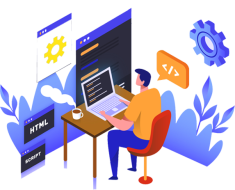
Software Customization
Is a custom service that includes designing, developing, implementing and maintaining software according to the specific requirements of customers. The same processes and methodologies apply to custom software development as other types of software development. A custom project will follow the steps of requirements gathering, source code building, testing, deploying and applying methodologies such as Agile, DevOps, Rapid Application Development.
VDX’s service will meet customer’s needs while still optimizing costs compared to buying other available packaged softwares. Some of this service’s benefits are:
– Scalability
– Lower integration costs
– Uniqueness
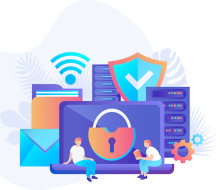
Software Maintenance
Is a service that fixes undetected errors during the development phase or in the process of using software and improve usability features and operating safety of the software. Routine software maintenance accounts for 65-75% of the effort in software development life cycle. The software development procedure includes many stages: Gathering and Analysis of Requirement, Design, Implementation, Testing, Deployment, Maintainance. The software maintenance phase’s purpose is to keep the software up to date as the environment and user requirements change. VDX’s types of software maintenance services include:
– Correction
– Adaptation
– Completation
– Prevention
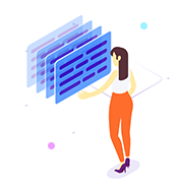
Software Testing
Is a service of testing a program or application to detect bugs in the software. VDX’s software testing service will also validate and verify customer’s software programs, applications or products. Our services include:
– Web and mobile applications testing
– Performance testing
– Integration testing
– Automated testing
– SOAP API, RESTFul API for SOA or Micro-services application testing
– Trainning
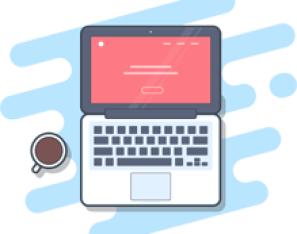
Software Development
Is a set of computer science activities dedicated to the process of designing, developing, deploying and supporting software according to customer’s requirements. VDX’s software development process includes the following steps.
Survey customers’s requirements in details, from which to synthesize and offer solutions. The document should fully describe the requirements about functions and interface of the software.
Carry out the design and synthesis of design documents.
Carry out the design and synthesis of design documents.
Testers will create test scenarios according to the requirements specification document, then execute the test and update the result in the test script.
Deploy software products to customers.
Software maintenance and support.
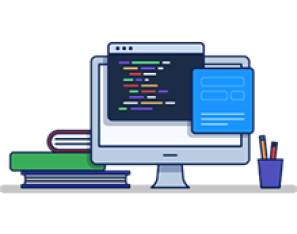
Software Integration
Is a system integration service to unify business cycles as well as a method to connect independent and heterogeneous software application systems for data exchange without borders, avoiding errors during data entry and reducing personnel costs purposes. VDX’s system integration service will help customers securely back up system data and manage resources easily and effectively. It also optimizes user experience which helps enterprises plan and invest in each stage, analyze and provide solutions against financial risks with high performance and good strategic decisions.
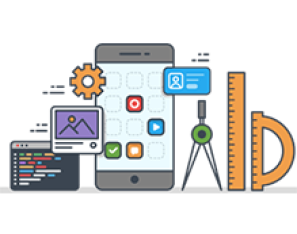
Software Migration
Is a service that converts data, accounts and functions from one operating environment to another. It also refers to the time when a user moves the same software from one hardware to another, or simultaneous changes in both software and hardware.
VDX’s software migration services include:
– Enterprise Resource Planning Migration
– Operating System Migration
– Database Migration
– Cloud Migration
– Content Management System Migration
– IT Infrastructure Migration
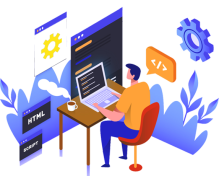
Software Customization
Is a custom service that includes designing, developing, implementing and maintaining software according to the specific requirements of customers. The same processes and methodologies apply to custom software development as other types of software development. A custom project will follow the steps of requirements gathering, source code building, testing, deploying and applying methodologies such as Agile, DevOps, Rapid Application Development.
VDX’s service will meet customer’s needs while still optimizing costs compared to buying other available packaged softwares. Some of this service’s benefits are:
– Scalability
– Lower integration costs
– Uniqueness

Software Maintenance
Is a service that fixes undetected errors during the development phase or in the process of using software and improve usability features and operating safety of the software. Routine software maintenance accounts for 65-75% of the effort in software development life cycle. The software development procedure includes many stages: Gathering and Analysis of Requirement, Design, Implementation, Testing, Deployment, Maintainance. The software maintenance phase’s purpose is to keep the software up to date as the environment and user requirements change. VDX’s types of software maintenance services include:
– Correction
– Adaptation
– Completation
– Prevention
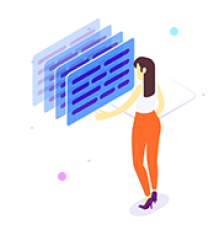
Software Testing
Is a service of testing a program or application to detect bugs in the software. VDX’s software testing service will also validate and verify customer’s software programs, applications or products. Our services include:
– Web and mobile applications testing
– Performance testing
– Integration testing
– Automated testing
– SOAP API, RESTFul API for SOA or Micro-services application testing
– Trainning

Software Development
Is a set of computer science activities dedicated to the process of designing, developing, deploying and supporting software according to customer’s requirements. VDX’s software development process includes the following steps.
Survey customers’s requirements in details, from which to synthesize and offer solutions. The document should fully describe the requirements about functions and interface of the software.
Carry out the design and synthesis of design documents.
Carry out the design and synthesis of design documents.
Testers will create test scenarios according to the requirements specification document, then execute the test and update the result in the test script.
Deploy software products to customers.
Software maintenance and support.

Software Integration
Is a system integration service to unify business cycles as well as a method to connect independent and heterogeneous software application systems for data exchange without borders, avoiding errors during data entry and reducing personnel costs purposes. VDX’s system integration service will help customers securely back up system data and manage resources easily and effectively. It also optimizes user experience which helps enterprises plan and invest in each stage, analyze and provide solutions against financial risks with high performance and good strategic decisions.

Software Migration
Is a service that converts data, accounts and functions from one operating environment to another. It also refers to the time when a user moves the same software from one hardware to another, or simultaneous changes in both software and hardware.
VDX’s software migration services include:
– Enterprise Resource Planning Migration
– Operating System Migration
– Database Migration
– Cloud Migration
– Content Management System Migration
– IT Infrastructure Migration
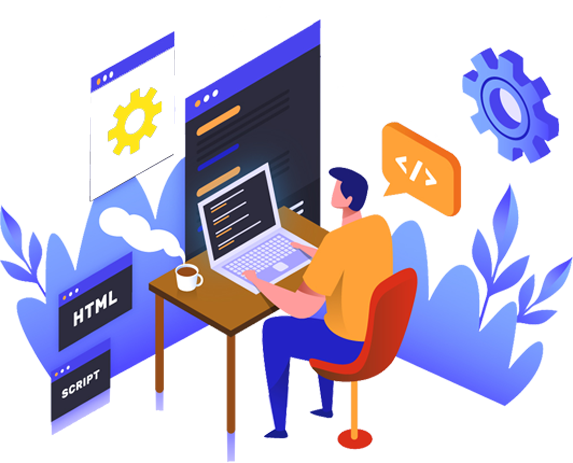
Software Customization
Is a custom service that includes designing, developing, implementing and maintaining software according to the specific requirements of customers. The same processes and methodologies apply to custom software development as other types of software development. A custom project will follow the steps of requirements gathering, source code building, testing, deploying and applying methodologies such as Agile, DevOps, Rapid Application Development.
VDX’s service will meet customer’s needs while still optimizing costs compared to buying other available packaged softwares. Some of this service’s benefits are:
– Scalability
– Lower integration costs
– Uniqueness

Software Maintenance
Is a service that fixes undetected errors during the development phase or in the process of using software and improve usability features and operating safety of the software. Routine software maintenance accounts for 65-75% of the effort in software development life cycle. The software development procedure includes many stages: Gathering and Analysis of Requirement, Design, Implementation, Testing, Deployment, Maintainance. The software maintenance phase’s purpose is to keep the software up to date as the environment and user requirements change. VDX’s types of software maintenance services include:
– Correction
– Adaptation
– Completation
– Prevention
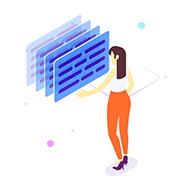
Software Testing
Is a service of testing a program or application to detect bugs in the software. VDX’s software testing service will also validate and verify customer’s software programs, applications or products. Our services include:
– Web and mobile applications testing
– Performance testing
– Integration testing
– Automated testing
– SOAP API, RESTFul API for SOA or Micro-services application testing
– Trainning
Out technologies
We support the most trending technologies
The competition and change are intense. Learn about the technologies we offer to see how we can help you master this transformation.
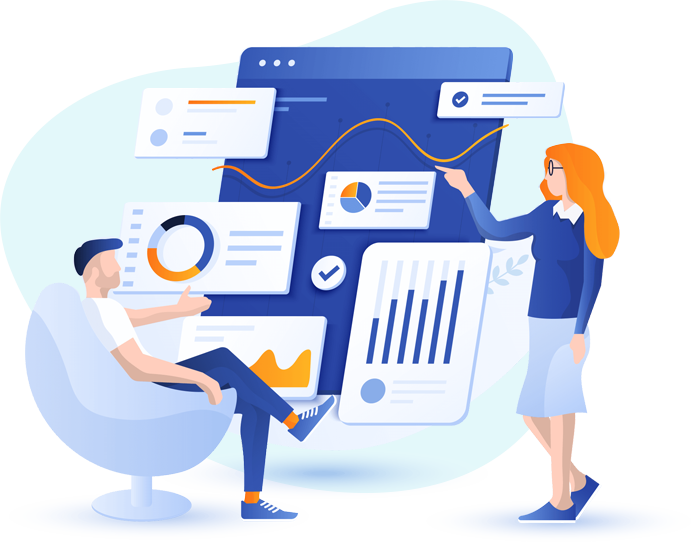
Digital Transformation
Digital Transformation: is the process of using digital technologies to create new or modify existing business processes, culture and customer experiences to meet changing business and market requirements. This reimagining of business in the digital age is digital transformation.
Digital transformation is superior to traditional forms of management in operations such as sales, marketing and customer service. Moving from paper to spreadsheets or smart applications for business management has provided business firms with multiple opportunities for taking a big-picture perspective about how they do business and attract customers on a digital technology platform.
Digital transformation plays an important role in the development of businesses. It not only helps businesses raising labor productivity but also brings them many other benefits.
– Leverage and analyze data capability
– Enhance businesses competitiveness
– Optimize customer experience
– Improve employee experience
– Break down barriers between departments
– Increase performance and reduce costs
The convenience that digital transformation makes it easier for employees to focus on their expertise and get things done. Time-consuming manual tasks are now done automatically by machines. As a result, in the long-term, businesses will see the effectiveness of their investment in digital transformation.
Artificial Intelligence
Artificial intelligence (abbreviated as AI) is a branch of computer science. It refers to the simulation of human intelligence in machines that are programmed to think like humans and mimic their actions. The term may also be applied to any machine that exhibits traits associated with a human mind such as learning and problem-solving.
VDX will support customers at every stage of their AI journey with the comprehensive package of services from consulting, development, deployment, maintenance and support. Our clients can save money on AI investments thanks to our extensive experience in low-cost projects.


IoT (Internet of Things)
IoT is a system of interrelated computing devices, mechanical and digital machines, objects, animals or people that are provided with unique identifiers (UIDs) and the ability to transfer data over a network without requiring human-to-human or human-to-computer interaction.
An IoT system includes 4 main components: Things, Gateways, Network and Cloud and Services-creation and Solution Layers.
Sensors will be responsible for sensing signals from the environment such as temperature, pressure, light, … and converting them into data forms in the Internet environment. Then the signals will be processed and made changes at the discretion of the consumer. Nowadays, they are often applied in mobile applications or computers, etc.
Blockchain
Blockchain is a database system that allows storing and transmitting blocks of information. They are linked together by encryption. These information blocks operate independently and can expand over time. They are managed by system participants and not through an intermediary. Decentralized blockchains are immutable, which means that the data entered is irreversible.
Some of the industries which Blockchain technology can impact are as follows:
– Automotive Technology
– Manufacturing
– Technology, media and telecommunications
– Financial Services
– Art & Recreation
– Health care
– Insurance
– Retail
– Public Sector
– Real Estate
– Agriculture
– Mining
– Transport and Logistics
– Utility

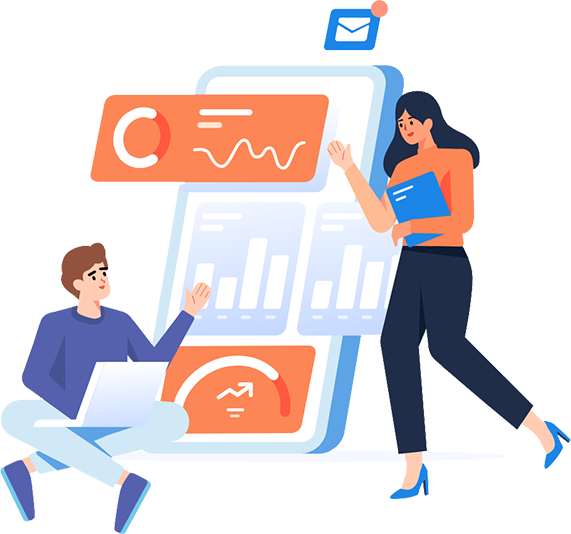
Big Data
Big Data is larger, more complex data sets, especially from new data sources. These data sets are so voluminous that traditional data processing software just can’t manage them. These large data sets can include structured, unstructured, and semi-structured data, each of which can be mined to gain insights.
Big Data solutions provide the tools, methods and technologies to provide users with informative insights and analytics regarding the nature of that data that didn’t exist before. There are many technologies to solve the problem of storing and processing Big Data such as Apache Hadoop, Apache Spark, Apache Kafka, etc.
Embeded Systems
Embeded Systems are a combination of computer hardware and software designed for a specific function. Embedded systems may also function within a larger system. The systems can be programmable or have a fixed functionality.
– Embedded systems are very commonly used in the automotive industry such as: engine control, travel tracking, engine operation control, body safety, vehicle control. assembly robots, keeping engines safe, car entertainment systems, apps to access E-com and support for connections in mobile phones, etc
– Embedded systems are used in telecommunications network systems, applications in wireless communication systems, applications in mobile computing, etc.
– Embedded systems are often used in smart card systems of: banks, mobile phones, and face insurance.
– They are used in applications inside rockets, satellites, aerospace and communication applications.
– They are applied in network systems and computer peripherals with tasks such as: image processing, network system management, network cards, monitors, display objects, etc.
– Embedded systems are also used in digital consumer electronics such as: High-definition televisions, digital cameras, DVD players, etc.
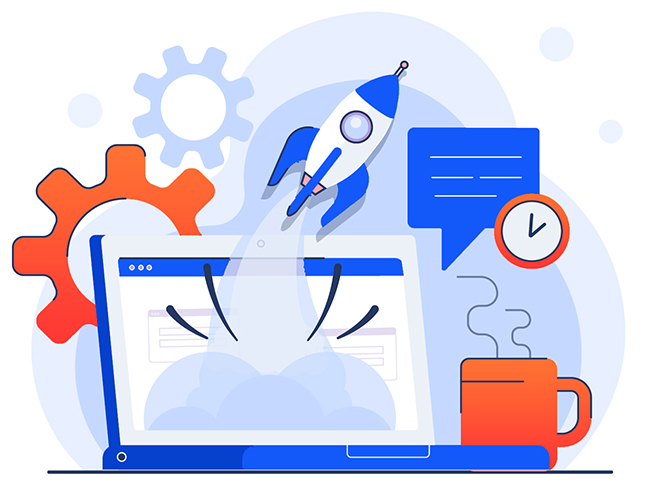

Web Applications
Web application is a computer program that uses a web browser and web technology to perform tasks via Internet.
A web application uses a combination of server-side scripts (PHP and ASP) to handle information storage and retrieval and client-side scripts (HTML and JavaScript) to show user information. This allows users to communicate with enterprises by online forms, content management systems, shopping carts, and so on. Otherwise, apps also allow users to create a document, share information, collaborate on projects, and work with common documents regardless of places or devices.
Web applications are typically coded by programming languages such as JavaScript and HTML which are based on browsers to render execution programs. Some dynamic apps require processing on the server-side while static applications need absolutely no server-side processing.
They requires a web server to perform the requested tasks, and sometimes, a database to store information. Application server technologies range from ASP.NET, ASP, and ColdFusion, to PHP and JSP.Web applications include online forms, shopping carts, word processors, spreadsheets, video and photo editing, file conversion, file scanning and email programs like Gmail, Yahoo, and AOL. Common applications are Google Apps and Microsoft 365.
Mobile applications
Mobile application is a software application developed specifically for use on small, wireless computing devices, such as smartphones and tablets, rather than desktop or laptop computers. Mobile app developers turn it into a large scaled space for users to entertain, watch news, shop,… Mobile apps include 2 types:
– Native Mobile Application: This is a smartphone application that is coded in a specific programming language, such as Objective C for iOS or Java for Android operating systems. Some native apps can be mentioned as dictionary lookup applications or offline mobile games,…
– Hybrid Mobile Application: Hybrid Mobile App is a hybrid application that combines outstanding features between web app and native app. This web application is written in web programming languages such as CSS3, Javascript, or HTML5 and is wrapped by an outer container shell so that it can be similar to a native mobile app and downloaded on the app store.
Mobile apps can bring businesses the following benefits:
– Broaden customer reach
– Increase customer experience
– Boost brand promotion
